General Motors Death Watch 29: Everything You Know is Wrong
The GM Death Watch series has repeatedly asserted that The General has too many brands selling too many models, with insufficient focus on any level, with excessive overlap on every level. The very first DW entry, "GM Must Die", recommended that the world's largest automaker should be broken-up; its constituent parts deep-sixed and/or spun off into independent corporate entities. I figured the stance placed me well to the right of my fellow GM-bashers. And then I read Al Ries' Ad Age column, "The Sad and Unnecessary Decline of Saturn" and instantly realized I wasn't being radical enough.
Ries wrote that there are only two ways for a company to increase sales: expand the brand (with new products) or expand market share (capture more of the existing market with the existing product). The Atlanta-based marketing consultant asserts that market share is best. Once a brand captures more than 50% of its market, it's virtually unassailable. Ries cites McDonald's, Heinz ketchup, Microsoft, Tabasco, Rolex, Kleenex, Starbucks, WD-40 and Jello as examples of consumer brands whose market sector dominance insulates them from competitive pressure and obviates the need for brand expansion. [NB: variations within a brand's remit, such as Kleenex with Aloe, are not considered brand extensions.]
Ries' premise flies in the face of the commonly-held theory that an automaker's survival in today's "niche-driven marketplace" depends on a constant and steady stream of new models and variants. If true, Ries' argument makes a complete mockery of this week's auto show hysteria in Frankfurt. Indeed, all those struggling manufacturers promising a raft of new models to rescue their sinking fortunes (Mitsubishi, VW, GM etc.) are actually announcing their intention to drill new holes in their hull. As proof of his postulation, Ries takes a spin 'round Saturn.
At its peak in 1994, GM's "People First" division sold 286,003 vehicles. The figure represented the industry's best vehicle-per-dealer average: 960 cars. That year, Saturn S-series' sales accounted for 16% of the small compact category, second only to the Ford Escort. And then GM took its eye off the ball. Not only did they fail to update the Saturn S-Series– while the Honda Civic went through three evolutions– they also introduced an entirely new replacement, and then an SUV. The upshot? In '04, Saturn's three models totted-up 212,017 sales. That's 26% less volume than a decade previous, with sales per dealer down over 50% (483 units).
As Ries points out, conventional wisdom runs 180 degree counter to his analysis. The industry believes Saturn's troubles stem from a lack of a broad product range, not because of it. Ries cites the long list of insiders who sounded the clarion call to create a larger Saturn portfolio: Automotive News Editor Charles Child, Saturn boss Cynthia Trudell, her replacement Annette Clayton, and, of course, GM Car Czar Maximum Bob Lutz. All of them believed Saturn was languishing because it didn't have enough vehicles to capitalize on the brand's original success.
And now Saturn is finally getting the expanded model range it wants; including a sexy little roadster called the Saturn Sky. Which is basically the same car as the Pontiac Solstice. Which dilutes the strength of BOTH brands. In fact, the more you think about it, the easier it is to see the merit in Ries' supposition. We've always said it makes no sense for GM brands to compete with each other (ipso facto); re-badging the same vehicle for different marques is the worst kind of marketing insanity. But it also makes no sense for a brand to compete with itself.
An automotive brand selling a sedan, SUV and sports car asks consumers to connect widely disparate dots. The best ad campaign in the world must overcome the fundamental "Jack of all trades, master of none" inertia. And even if an automaker somehow fashions an over-arching message (e.g. The Ultimate Driving Machine), multi-branded companies are still stuck in the marketing mire. After all, if Saturn, Chevrolet, Cadillac and Buick all offer a similar range of vehicle types, the consumer will think– quite rightly– that the brands are more similar than they are different. Why bother with any of them?
Assuming Ries' has got it right, how far should carmakers take his idea that expanding market share is better than widening the brand's product line? If you apply the basic principle without fear or favor, Porsche should only be building sports cars (the Panamera sedan probably qualifies, but the Cayenne SUV certainly doesn't). Saturn should only be selling economy cars– if not just one car– and… that's it.
In a recent email, Ries said that he'd heard that there were only eight types of vehicles: pickup, SUV, sedan, sports car, etc. He suggested that GM's eight brands should all make one type of vehicle apiece. Now THAT'S what I call radical.
http://www.adage.com/news.cms?newsId=46020
More by Robert Farago
Latest Car Reviews
Read moreLatest Product Reviews
Read moreRecent Comments
- Kjhkjlhkjhkljh kljhjkhjklhkjh *Why would anyone buy this* when the 2025 RamCharger is right around the corner, *faster* with vastly *better mpg* and stupid amounts of torque using a proven engine layout and motivation drive in use since 1920.
- Kjhkjlhkjhkljh kljhjkhjklhkjh I hate this soooooooo much. but the 2025 RAMCHARGER is the CORRECT bridge for people to go electric. I hate dodge (thanks for making me buy 2 replacement 46RH's) .. but the ramcharger's electric drive layout is *vastly* superior to a full electric car in dense populous areas where charging is difficult and where moron luddite science hating trumpers sabotage charges or block them.If Toyota had a tundra in the same config i'd plop 75k cash down today and burn my pos chevy in the dealer parking lot
- Kjhkjlhkjhkljh kljhjkhjklhkjh I own my house 100% paid for at age 52. the answer is still NO.-28k (realistically) would take 8 years to offset my gas truck even with its constant repair bills (thanks chevy)-Still takes too long to charge UNTIL solidsate batteries are a thing and 80% in 15 minutes becomes a reality (for ME anyways, i get others are willing to wait)For the rest of the market, especially people in dense cityscape, apartments dens rentals it just isnt feasible yet IMO.
- ToolGuy I do like the fuel economy of a 6-cylinder engine. 😉
- Carson D I'd go with the RAV4. It will last forever, and someone will pay you for it if you ever lose your survival instincts.



















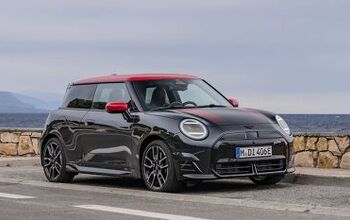
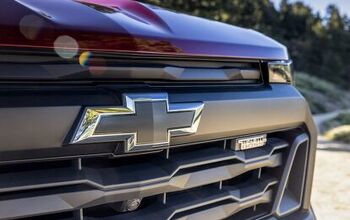

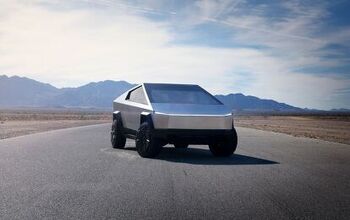

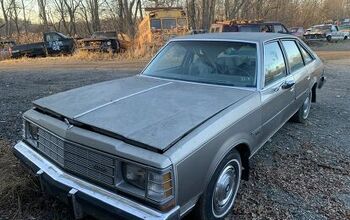

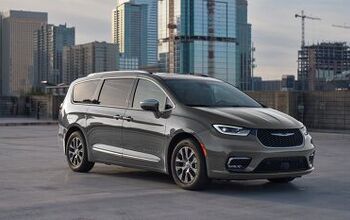
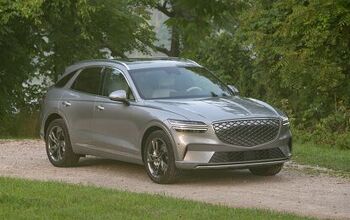
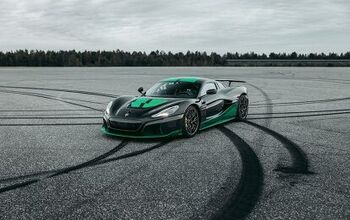

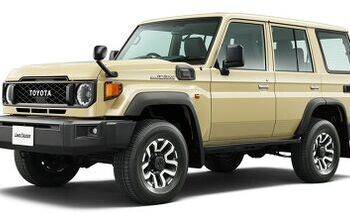
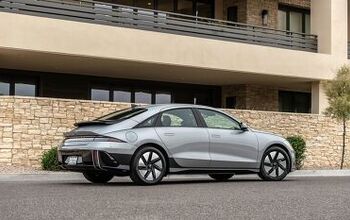
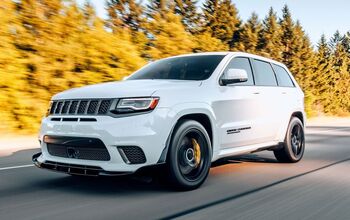

Comments
Join the conversation